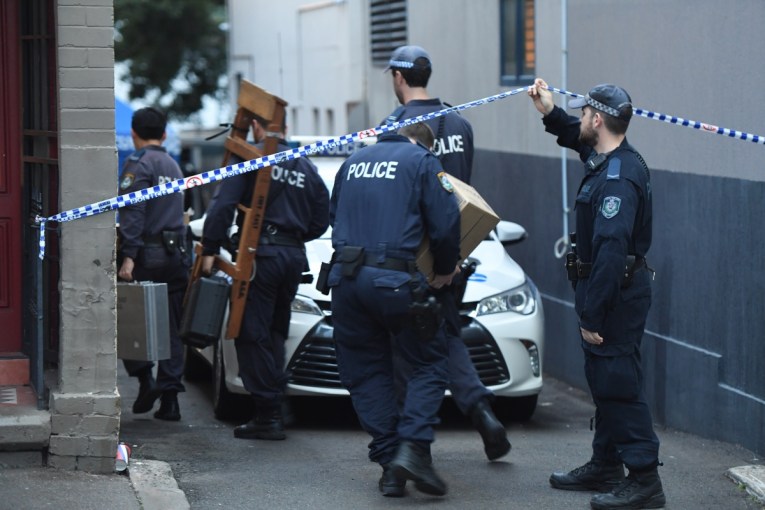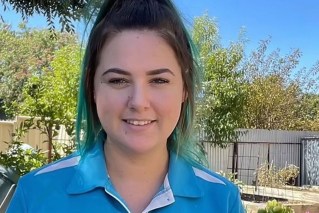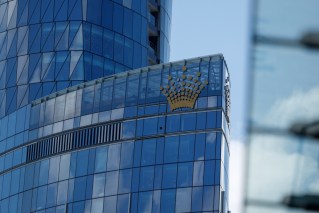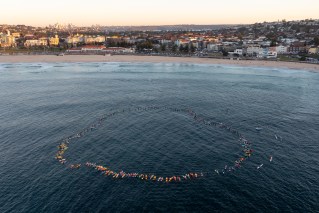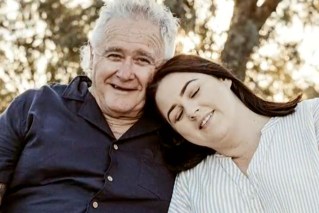Fears Supermax prisoners are uniting behind Islamic State
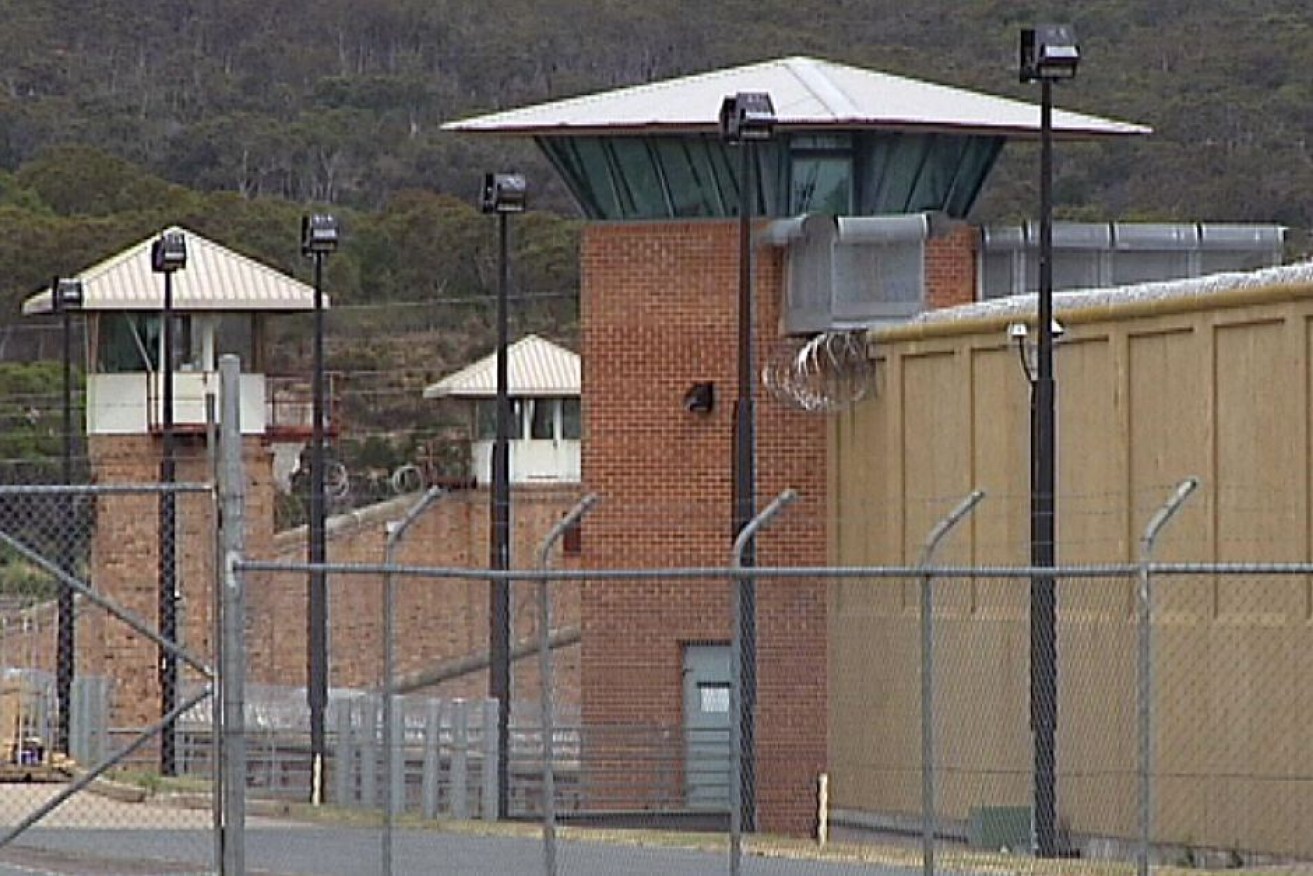
Tukiterangi Lawrence schemed to kill prison officials from his cell in Goulburn's high-security prison. Photo: ABC
The imprisonment of accused and convicted terrorists in Australia’s toughest jail, the Supermax, is under review amid concerns the majority of its inmates have united behind the Islamic State cause.
Senior counter-terrorism officials, who spoke on condition of anonymity, told the 7.30 program young terrorism suspects were being further radicalised by hardened extremists inside the maximum-security Supermax High Risk Management Centre in Goulburn in the NSW Southern Highlands.
The number of prisoners classified a national security risk, or AA Extreme High Risk Restricted, has swelled inside the Supermax because of a surge in terrorism arrests over the past two years.
Of the 41 inmates currently in the Supermax, 24 are classified a national security risk, another six are being held elsewhere to face court and several more violent inmates have embraced the IS cause.
Most of the AA Extreme High Risk Restricted inmates are in their teens and 20s, waiting to face trial, and in some cases have only briefly been involved with extremism.
They are coming into contact with some of Australia’s most notorious and influential terrorists inside the Supermax, including: Bilal Khazal, who was trained at a military camp in Afghanistan and was a former confidant of Osama bin Laden; and Faheem Lodhi, the first person convicted of planning a terrorist act in Australia.
Former inmate and radical preacher Junaid Thorne told 7.30 he has only become more influential because of the connections he made in the Supermax — an assertion which was confirmed by counter-terrorism officials.
AA Extreme High Risk Restricted prisoners face tight restrictions on their visits and communications and are only allowed to associate with one other inmate.
But 7.30 learned they were breaking the rules by shouting to each other, passing messages and speaking in code.
In a disturbing security breach, mobile phones have also been discovered in the prison for the first time, with two found on notorious gang boss Bassam Hamzy in the past month.
Senior counter-terrorism officials told 7.30 the conditions at the Supermax were also creating what they call a “Guantanamo effect”: hardening inmates and their communities against Australian authorities because of the extreme restrictions inside.

Peter Severin said Supermax was built for a different type of offender. Photo: ABC news
NSW Corrective Services Commissioner Peter Severin told 7.30 he was considering establishing new prison units to separate extremist inmates.
“We are looking at a much more differentiated placement regime into the future,” he said.
“We don’t want these inmates to become martyrs, we don’t want them to feel as if this validates their ill beliefs, and it is certainly a phenomenon that we’re acutely aware of.
“We try to limit any ill effects, but we will have to do more and we are doing more.”
– Sean Rubinsztein-Dunlop and Suzanne Dredge
